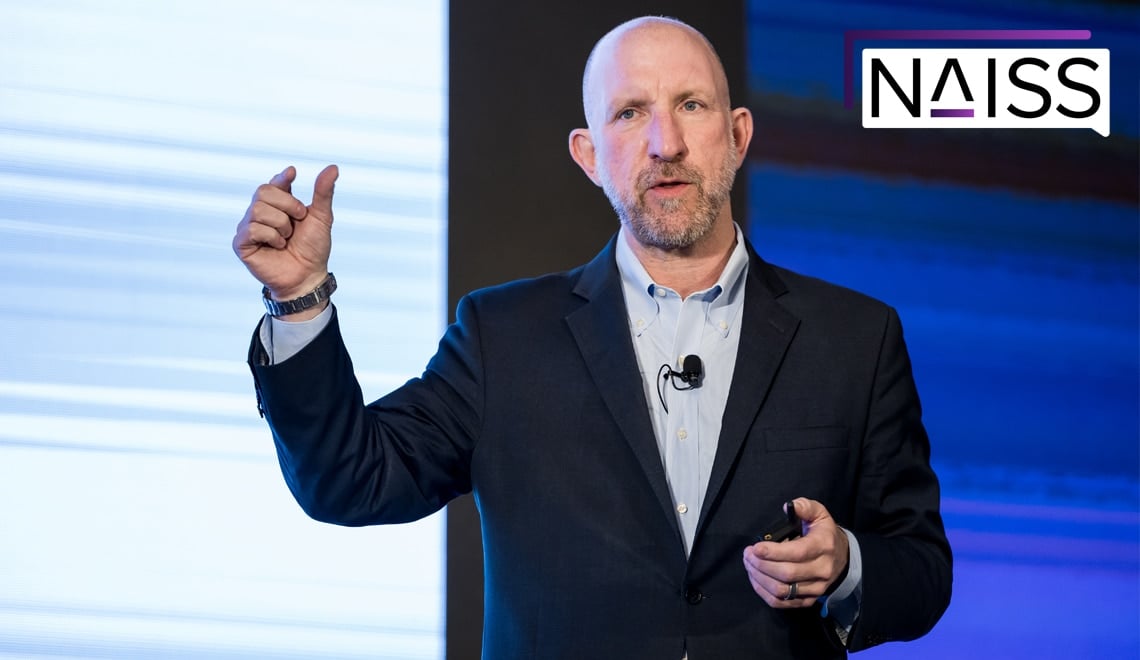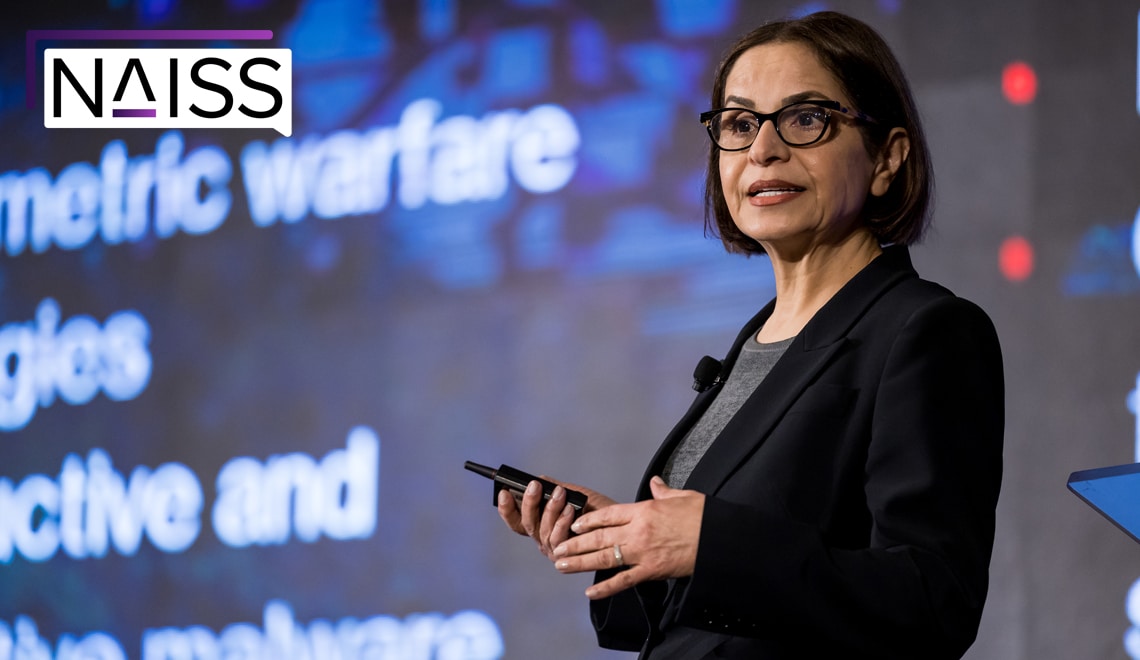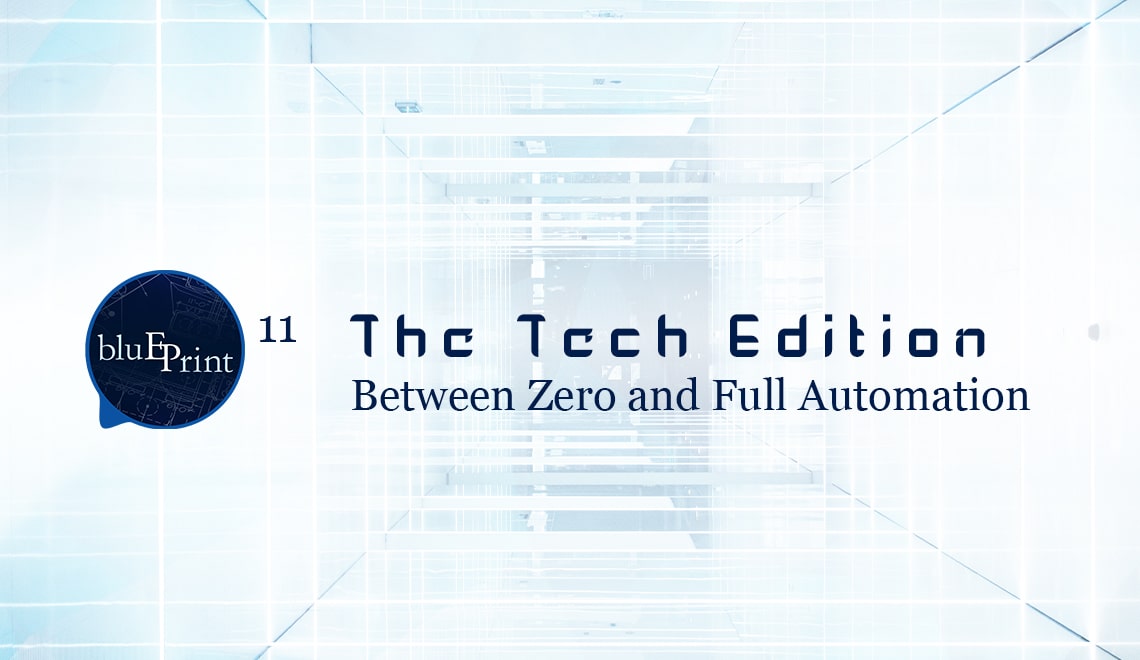
If machine is an extension of man, then we are just starting our stretch. Those who reach out too quickly have gotten sprained, but exercising our tech muscles have built incredibly practical innovations. While there may be trial and error along the way, this bluEPrint will take you through industry applications of machine learning, IoT and other transformational technologies.
The User is Always Right (where we predict)

- Questions answered, instantly: Chatbots can text responses to common, predictable customer questions. Advanced capabilities include allowing users to search recipes at Whole Foods with emojis and get playlist recommendations on Spotify based on how they’re feeling. The Canadian-based Chalmersbot provides those struggling with homelessness with live information on available resources. They are partnering with local organizations and working towards creating opportunities of education and employment for the homeless in tech sectors.
- A taste for trends : Tastewise uses computer vision and natural language process to scour the web for searches and data. From Pinterest recipes to high end restaurant menus, this AI skims through 13-million items across 153,000 menus to find what’s up and coming.
eTail and Retail, a Hybrid Creature
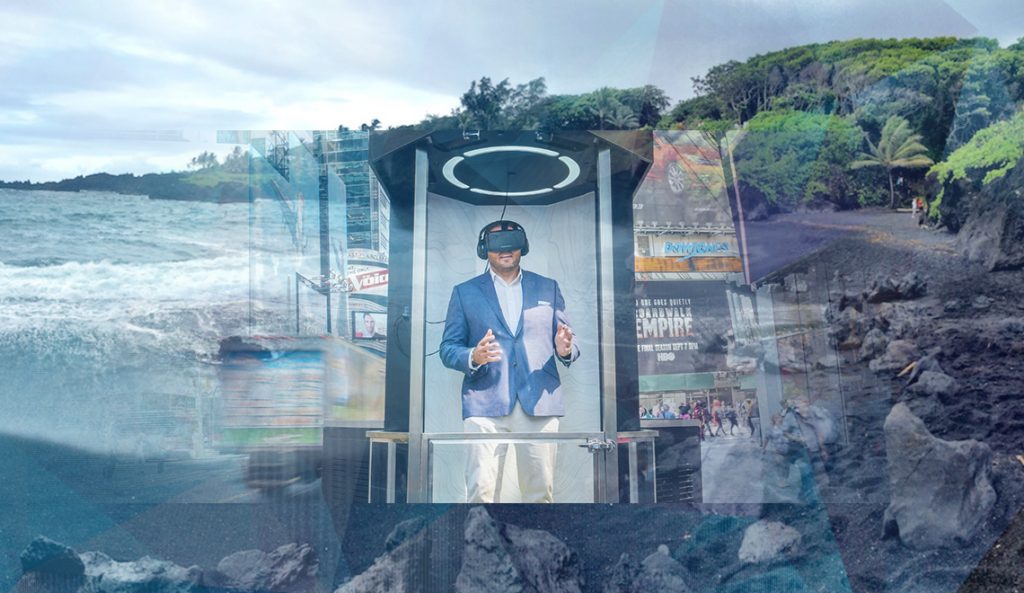
- Shopping beyond space and time: Aspiring travelers can teleport to a location of choice with Marriott’s VR experience that surrounds the viewer with exotic sights and sounds.Meanwhile, Alibaba is partnering with Microsoft for their AR shopping experience called Taobao. They are building a 3,200-sq.-ft. shopping showroom where customers and personalize the demo kitchen with items they like.
- Playing both sides of the screen: Kids playing with Lego can bring their characters into a virtual world with NFC (Near Field Communication) technology. They can unlock Adventure Worlds and go on quests with Batman, Gandalf and Wyldstyle.
- Paying by reflection: If a customer likes what they see in the mirror, they can now make the purchase instantly by tapping a smart mirror with a card. These smart mirrors can be controlled by voice or gesture, and the potential for them in beauty, fitness and entertainment industries are endless.If you’re up for the challenge, you can evenmake your own smart mirror.
Delivering Sooner than Soon
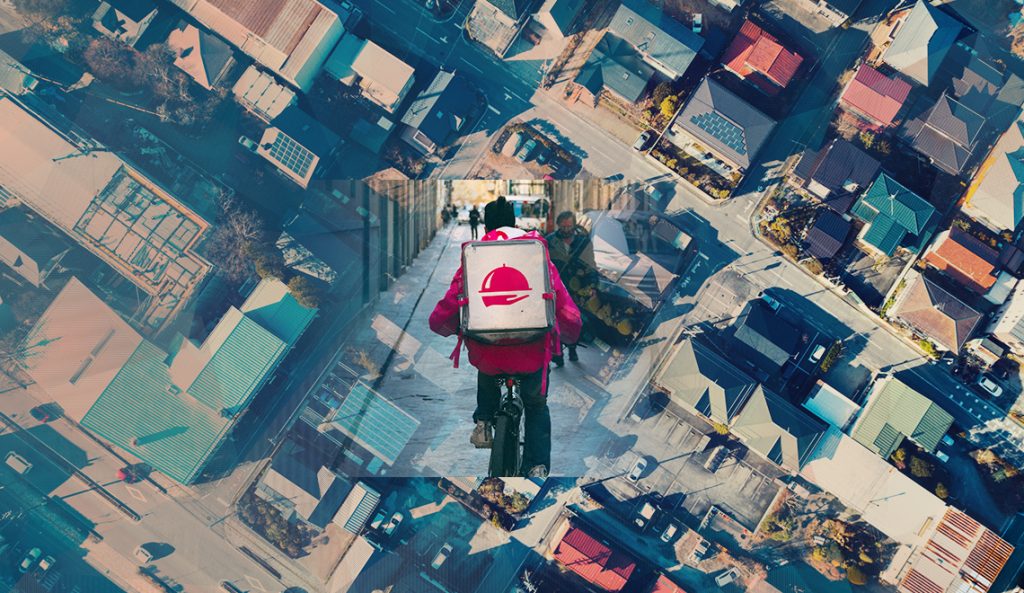
Everybody and their mothers are ordering online, and someone needs to do the delivering. From subscription boxes to groceries, the ordering craze has only begun. Here are some examples of how technology is getting deliveries to people sooner than soon.
- Will dogs chase mail-bots? FedEx SameDay Bot will be steering it’s way around pedestrians and traffic. With similar technology as self-driving cars, they have a top speed of 10 mph.In addition to tracking sensitive shipments and reducing freight costs, A.I. helps companies like Amazon and Whole Foods with delivery routing software to optimize their movement and reach consumers on time.
- We can’t wait until you order:
Amazon’s “anticipatory shipping” AI is patented to get orders as close as possible to an address before the customer clicks buy. Forecasting demand is vital for Amazon to stay on top of the race for same-day and same-hour delivery.
Environmentalist: Disaster Averted
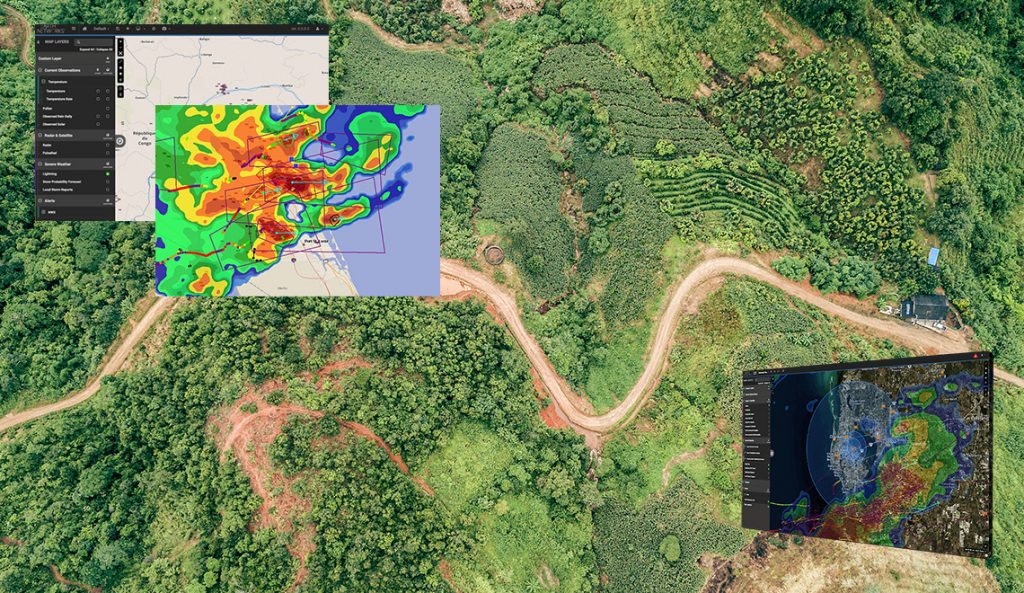
Elon Musk thinks we need to merge with machines to remain relevant and there are syringe-injectable electronics being tested right now. While these developments seem positively dystopian, technology is also averting disasters for businesses, agriculture, and humanity. Here are some examples.
- Spy in the sky: Earth Networks is a weather network that includes live data on greenhouse gases and in-cloud global lightning detection. This information is refreshed every 2 seconds compared to the usual 15 minutes of most networks. They serve industries including airport operations, energy utilities and national parks.
- Eco-sourcing fairy godmothers: Choose Energy is a marketplace that simplifies shopping for energy, including renewable energy options and plan terms. Meanwhile, Solarkiosk provides solar-powered business hubs to off-the-grid communities.
- A crystal ball for your crops: Crop modelling software projects the expected growth of crops based on the data farmers input, from rainfall to soil type. This is estimated to save $15-20 per acre tracking experimental hybrids for performance and transitioning crop soil areas is also made much easier.Despite this, farmer adaptation of data collection has not met expectations across Canada, the United States and Europe.
Healthcare’s Digital Guardian
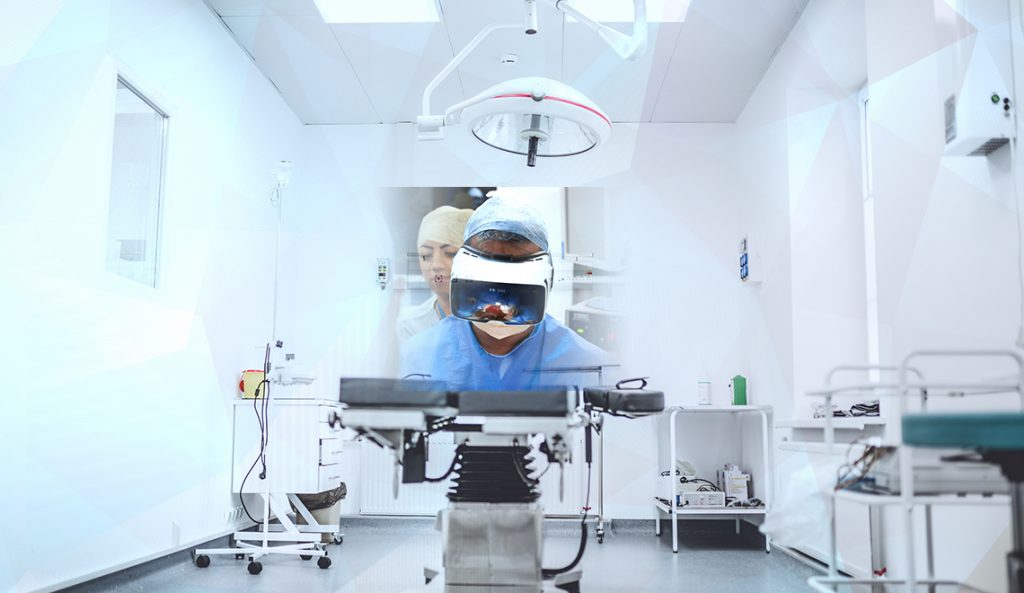
- Calming patients with VR: Stanford Medicine creates 3D models of patient brains out of images from MRIs, CT scans and angiograms. Understanding how the surgery works improves patient-doctor relationships.VR is also helping patients deal with painful procedures, drug addictions and gamifying physical rehab.
- Pairing the impaired: Tecla uses IoT to offer no-hands assistive devices that helps those with physical disabilities to communicate and connect. Their technology makes it easier to connect with smartphones and desktops.
- Auto-correcting surgical mistakes:
The OR Black Box helps surgeons follow proper procedure using data and IoT. The operation room is a stressful place, and on average, 9,200 to 23,000 Canadians die a year because of preventable errors.Read more about medical ledgers made easier and technology for good here.
Technological Teenage Years: Growing Pains
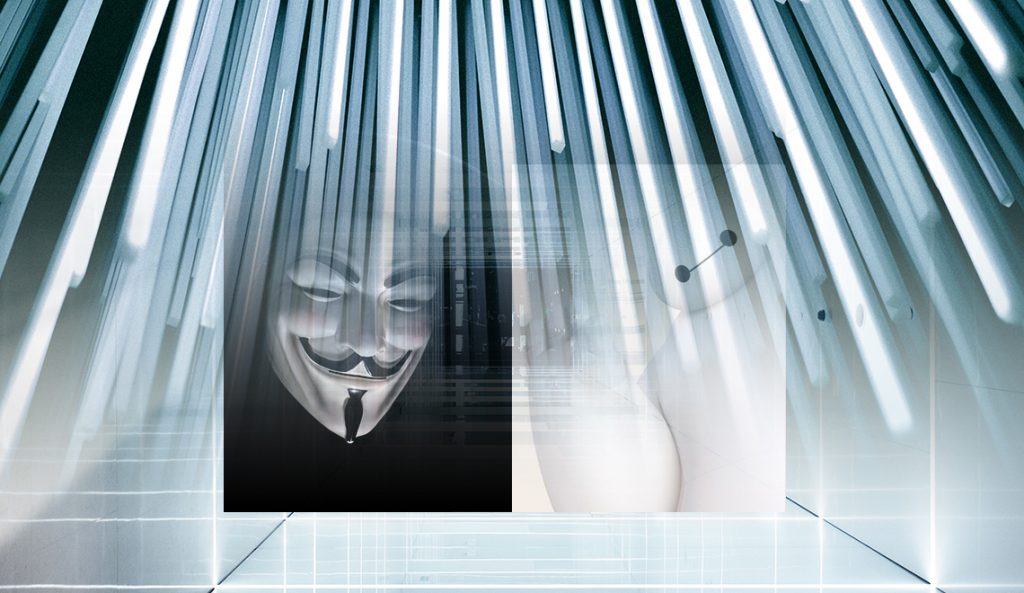
Whether it’s human error or intentional fraud, technological integration in our lives and businesses comes at a cost. From the dark patterns we see every day to credit card breeches, here are some more examples of unintended consequences from tech.
- Unclear nuclear communications: A false ballistic missile alert was issued in Hawaii on a Saturday morning in January 2018. The initial message stated it was not a drill. Members of Hawaii’s congressional delegation posted online that it was a false alarm before the second alert indicated as such 38 minutes later.
- Google Earth exposes secrets: Taiwanese Defence Minister Yen Te-fa has created a task force to work with Google in the interest of national security when secret military bases were in plain sight of the public.
- Self-driving cars need life lessons – Unfortunate accidents like the Uber incident occurs because the world is full of unpredictable situations that self-driving technology doesn’t know how to respond to. Safe driving requires a deeper understanding and enough simulations to design better responses to cyclists, pedestrians and other cars.
It’s the best of times, it’s the worst of times. Customers are demanding more, and cyber-criminals are creeping everywhere. Staying ahead of the curve is critical in order to survive, especially with the retail apocalypse that has taken so many traditional giants. If you or an organization you know is adding value to their supply chain through technology, please do not hesitate to nominate them for our Supply Chain Technology Enablement Award.
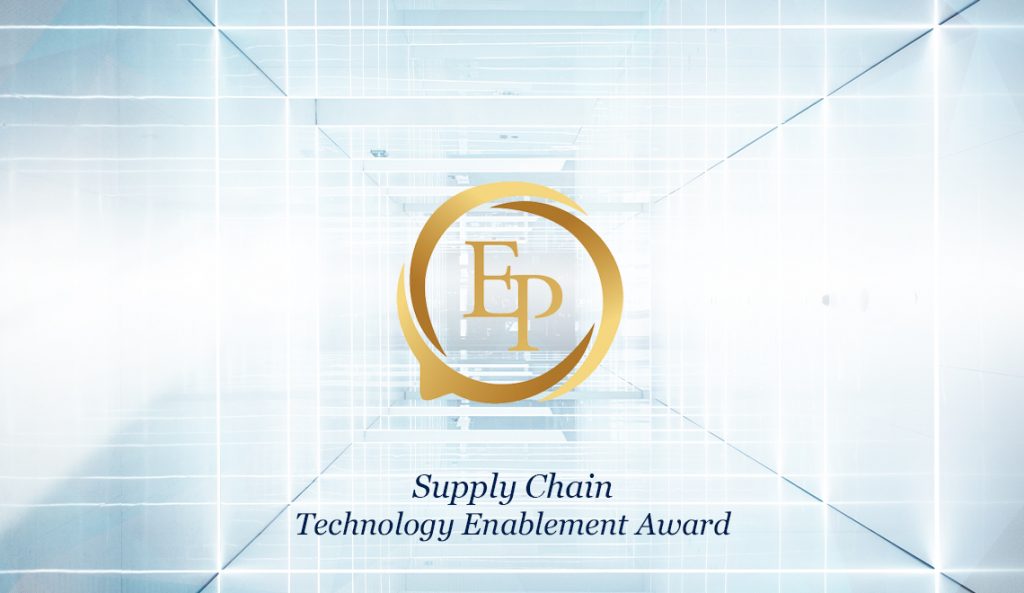
What do you think about these topics? If you have ideas on what you’d like to see or a case study you’d like to share, let us know!


